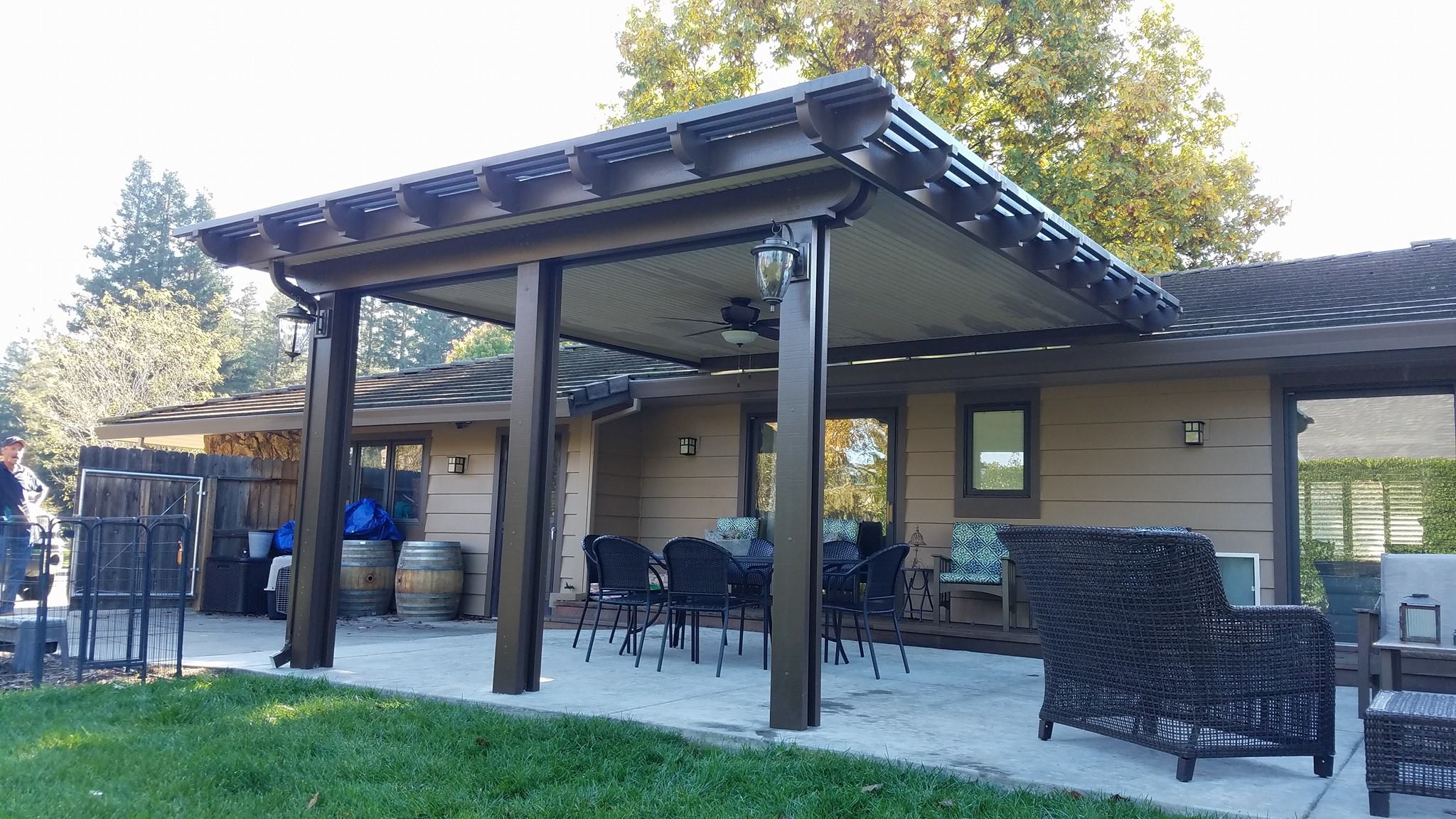Balcony vs Deck: What Sets Them Apart?
 Imagine stepping outside your home onto a sunny platform—maybe with a book in hand or a cold drink. Is it a balcony or a deck? At first glance, they might seem like twins, but these two outdoor spaces have their own personalities. A balcony is typically a smaller, elevated platform attached to a building, often jutting out over the ground below. A deck, though, is usually larger, ground-level or slightly raised, and built for sprawling out—think barbecues and lounge chairs. As a civil engineer who’s designed and inspected both, I can tell you the differences go beyond looks—they affect safety, construction, and even legal rules like SB326 and SB721.So, why does it matter? Knowing whether you’ve got a balcony or a deck can change how you use it, maintain it, and keep it safe. In California, laws mandate balcony inspections and deck inspections for certain properties, and the stakes are high—think preventing collapses like the tragic Berkeley incident in 2015. Whether you’re a homeowner dreaming of outdoor space or a property manager dodging fines, this guide will break down the balcony vs deck debate with real-world insights. Let’s dig in!
Imagine stepping outside your home onto a sunny platform—maybe with a book in hand or a cold drink. Is it a balcony or a deck? At first glance, they might seem like twins, but these two outdoor spaces have their own personalities. A balcony is typically a smaller, elevated platform attached to a building, often jutting out over the ground below. A deck, though, is usually larger, ground-level or slightly raised, and built for sprawling out—think barbecues and lounge chairs. As a civil engineer who’s designed and inspected both, I can tell you the differences go beyond looks—they affect safety, construction, and even legal rules like SB326 and SB721.So, why does it matter? Knowing whether you’ve got a balcony or a deck can change how you use it, maintain it, and keep it safe. In California, laws mandate balcony inspections and deck inspections for certain properties, and the stakes are high—think preventing collapses like the tragic Berkeley incident in 2015. Whether you’re a homeowner dreaming of outdoor space or a property manager dodging fines, this guide will break down the balcony vs deck debate with real-world insights. Let’s dig in!Balcony vs Deck: Defining the Basics
Picture a balcony: it’s that cozy perch outside your apartment, maybe with a railing and a view of the street below. Now imagine a deck: a wide, wooden expanse in your backyard, perfect for a picnic table or a hot tub. Structurally, balconies are cantilevered—meaning they’re supported by the building on one side, often hovering six feet or more above ground. Decks rest on posts or a foundation, either at ground level or slightly elevated, blending into the landscape. From an engineering lens, this distinction shapes everything. Balconies rely heavily on their attachment to the building—think bolts and beams holding them steady. Decks spread their weight across posts sunk into the ground or a concrete pad. I’ve seen balconies sag from rusty anchors and decks buckle from termite-chewed supports. Both can be gorgeous additions to a home, but their bones—and their risks—are different. That’s why laws like SB326 inspections for condos and SB721 inspections for apartments treat them as exterior elevated elements (EEEs) with unique needs.Design and Purpose: How They Shape Your Space
Ever noticed how a balcony feels like an extension of your indoor life? It’s often compact—maybe 4 to 6 feet deep—built for a chair or two, a place to sip coffee or watch the sunset. Decks, though, are the party animals of outdoor spaces. They can stretch 20 feet or more, designed for gatherings, grills, and kids running wild. I’ve designed decks with built-in benches and fire pits, while balconies I’ve worked on max out with a bistro table. It’s a question of intent: balconies whisper “relax,” decks shout “entertain.” But design isn’t just about vibes—it’s practical too. Balconies need waterproofing to protect the building below—think membranes and flashing—because water dripping through can rot the structure. Decks, often open to the ground, rely on good drainage and sturdy lumber like pressure-treated wood or composite. I once inspected a balcony where poor flashing let water pool, turning the joists to mush. Compare that to a deck I fixed, where soggy soil under posts had it tilting like a funhouse floor. Their purposes dictate their builds—and their upkeep.Safety Standards: Balcony and Deck Inspections Compared
Safety’s where the balcony vs deck story gets serious. Both can fail if neglected, but their risks differ. Balconies, being elevated, pose a fall hazard if railings give way or supports crack. Decks, closer to earth, might not drop you far, but a collapse under a crowd is no picnic either. California’s SB721 and SB326 laws zero in on these risks, mandating inspections for multifamily properties. SB721 inspections cover apartments, while SB326 inspections target condos—both include balconies and decks over six feet high. Here’s what inspectors check:- Balconies: Anchors to the building, railing height (42 inches minimum), waterproofing.
- Decks: Post stability, joist condition, load capacity (40-60 pounds per square foot).
Balcony vs Deck: Construction and Materials
Building a balcony or deck is like cooking—same ingredients, different recipes. Balconies often use steel or concrete for their cantilevered frames, tied into the building with heavy-duty anchors. Wood’s common too, especially for residential spots, but it’s the attachment that matters most. Decks lean on posts—wood, steel, or concrete—sunk into footings below the frost line (if you’re in a cold climate). Decking boards might be cedar, redwood, or composite, built to weather the elements. Here’s a quick material rundown:| Element | Balcony | Deck |
|---|---|---|
| Supports | Building anchors | Ground posts |
| Surface | Wood, tile, concrete | Wood, composite, pavers |
| Waterproofing | Critical (membranes, flashing) | Optional (open drainage) |
Contact DrBalcony For A Professional Inspection!
Ensure the safety of your balcony and living space with DrBalcony – We're a Tech Engineering firm that specializes in California SB326 & SB721 balcony inspections. Over 300+ completed projects in California.
